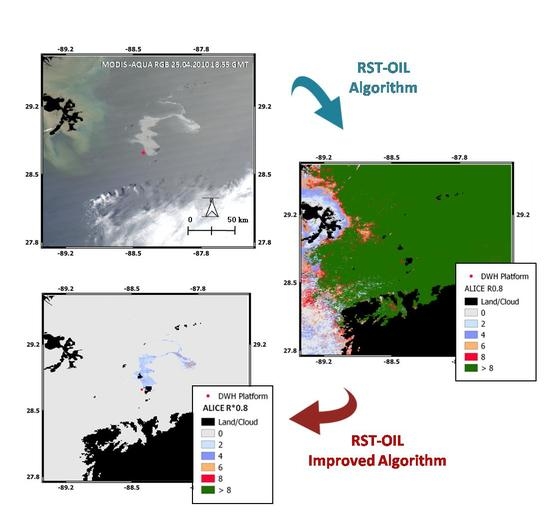What is oil in water detection?

Oil in water detection refers back to the process of identifying and measuring the presence of oil or hydrocarbons in a water pattern. This is an important environmental and industrial measurement as a outcome of the discharge of oil or hydrocarbons into pure water our bodies can have harmful ecological and human well being results. Oil in water detection is particularly essential in industries similar to oil and gas, petrochemicals, shipping, and wastewater remedy, the place the unintentional release of oil or hydrocarbons can result in pollution and regulatory violations.
There are oil-in-water detection sensors and technologies for detecting and quantifying oil in water, together with:
Laboratory Analysis: In a laboratory setting, water samples can be analyzed through various methods like gravimetric analysis, chromatography, and spectrophotometry. These strategies can present accurate measurements but are sometimes time-consuming and will not be appropriate for real-time monitoring.
Oil Content Analyzers: These are instruments designed for on-site or continuous monitoring. They use various strategies similar to fluorescence, infrared absorption, and ultraviolet (UV) absorption to detect and quantify oil in water. They can present real-time knowledge and are sometimes used in industrial settings.
Membrane Filters: Membrane filters are used to bodily separate and seize oil droplets from water samples. The amount of oil captured on the filter is then measured, usually by weighing the filter before and after the test.
Ultrasonic Sensors: Ultrasonic sensors can detect the interface between oil and water based on the difference in acoustic properties of the two substances. These sensors can be used in various industrial functions to monitor oil ranges in water.
Discrete Phase Sensors: These sensors work by measuring the electrical conductivity or capacitance of the water. Since oil and water have different electrical properties, this technique can be used to detect the presence of oil.

Fluorescence Sensors: Fluorescence sensors use the fluorescent properties of oil to detect its presence in water. When oil is exposed to specific wavelengths of light, it emits fluorescence that can be measured to find out its concentration in water.
Infrared Sensors: Infrared sensors can detect the absorption of particular wavelengths of infrared gentle by oil molecules in water. This absorption can be used to quantify the oil focus.
The choice of technique is determined by components like the specific utility, required sensitivity, and the necessity for real-time monitoring. industrial wastewater monitoring set limits on the permissible concentration of oil in water, so correct detection and monitoring are essential for compliance..
